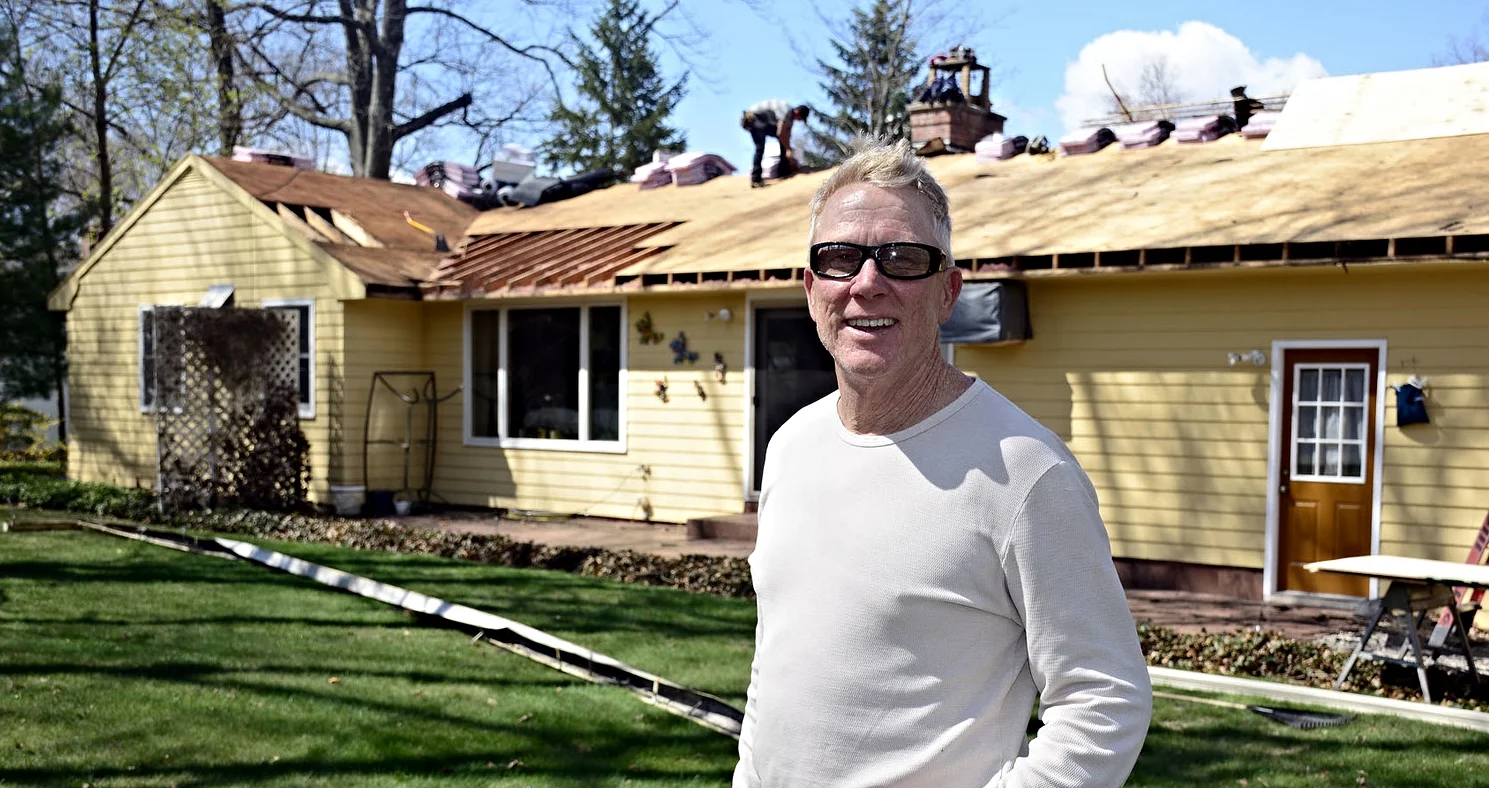Get Your Gutters Prepped Before Autumn Leaves Fall
Chelsea O'Donnell
It may only be the second week of August, but soon we will be seeing the early signs of autumn. Do you know what that means? Every homeowner’s favorite job, leaf maintenance, is right around the corner.
Over the next two months, leaves, branches, and other debris will begin falling from the trees, onto your roof and down into your gutters, building up over time. As winter approaches, this buildup can lead to the formation of ice dams, a heavy mass of ice that settles on the edge of your roof where the gutters are installed.
The main job of a gutter is to create a pathway for water to move away from your home and through a downspout to deposit in a safe place away from your foundation. This system is vital to a home; it makes sure water can flow freely and not cause leaks in your roof, attic, and walls. But if your gutters are blocked up, the water has nowhere to go and has no choice but to flow over, creeping up into your roof shingles and down through your siding. This kind of damage is costly to repair and entirely preventable. So get your gloves on and let’s get to it.
To give your gutters a good clean you’ll need a ladder, a lawn bag or bucket, a small hand rake and a hose. Don’t be tempted to spray debris down the downspout with water; it’s likely that branches and leaves will get stuck inside, which will then clog it up and leave you with a whole new mess to deal with. Start at the downspout opening and work your way backward, collecting gunk away from the downspout and disposing it into your bucket. Work in small sections and don’t let your bag get too heavy – it could throw you off balance and land you in the emergency room. While you’re making your way around the house, check for any gutter damage, such as sections coming loose. You want to make sure you get those fixed while the weather is good. Once you’ve finished the cleaning, you can give each section a good spray with the hose to check and make sure the water is running through and you don’t have any hidden build-up in those downspouts.
If gutter cleaning is a job you’d rather not take on, hire a contractor to complete the maintenance and then speak to them about putting gutter guards on your home. These wire or mesh overlays are installed on top of the gutter and prevent debris from entering the channel in the first place. They offer a great solution to a messy job and will provide you with peace of mind for years to come. You’ll want to get them installed now, before the first signs of autumn, to make sure your home is prepared for the onset of the fall leaves.
To contact Bob for your remodeling needs, call O’Donnell Bros. Inc. at (860) 589-5155 or visit http://www.odonnellbros.com. Advice is for guidance only.
